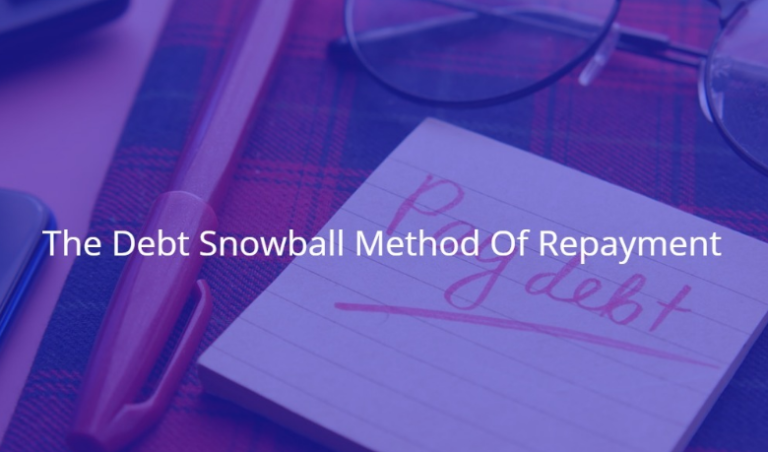Debt Service Method of Debt Repayment

For individuals who have decided to repay debt in order to improve cash flow, there is a very different strategy to employ other than theу Debt Snowball Method or straight debt repayment program. Let’s call it: the debt service method.
With debt repayment as a way to free up cash flow, the main area to target is the monthly payments. This may conflict with the rate (i.e. the debt where the payment is highest may not be the debt with the highest rate), which seems counter-intuitive to a certain degree.
There are plenty of reasons why debtors will want to improve cash flow.
Probably the most important and common is to qualify for additional credit, like a mortgage, that will help them become financially better off in the long term (e.g. the long-term equity appreciation on real estate may be sufficient enough to wipe out all debts in a decade’s time or less).
Let’s take a closer look at the strategy above, where the main goal is to use equity to complete a mortgage refinance at some point in the future to wipe out consumer debt.

In the case of a $200,000 property with a growth rate of 3% per year and a mortgage of $190,000 (5% equity) with 25-year amortization would result in the following:
- The property value would grow from $200,000 to $268,783 after 10 years at a steady growth rate of 3%. While this may seem aggressive given the recent housing correction, such a rate is not aggressive over the long term, not even close.
- The mortgage of $190,000 would shrink to 146,895.49 after 10 years, assuming a steady rate of 6.5%. Of course, this rate is quite high given today’s standards, but a decade is also a long time, so we want to account for a possible jump in rates.
- In order to qualify for this mortgage of $190,000, the borrower would need to prove he or she can support a monthly mortgage payment of $1,272. So, if consumer debt is hindering the borrower’s capacity to repay (or debt servicing ratios), then the idea would be to repay the debt that would open up more cash to service that mortgage.
The trick with this strategy is to maintain only the minimum required monthly payments on the existing debt while channeling all extra cash resources to the debt with the highest payment.
In some cases, if the borrower knows what the minimum amount needed to service the new loan would be, a lesser payment amount could be targeted.
In order to put this type of debt repayment plan in place, you will need to complete a dreaded budget as well as a debt payment worksheet.
The purpose of the budget is to determine how many extra resources (aka cash) you have at the end of each month that you can allocate to this project.
The debt payment worksheet helps you to figure out how long it will take you to repay the underlying loan.
Not exactly a fun and exciting exercise for either, but the process is definitely a good one as it will show just impacting those extra principal-only payments can be when using this debt service method strategy to repay debt.







I figure if I know the least cash I gotta fork out for the loan, I can aim for an even lower payment. Saves some bucks, you know? Always good to have a plan.
Man, this worksheet shows when Ill clear my loan!
Just did my debt payment worksheet. Eye-opener. Realized itll take a while to clear this loan. Got a plan now, though. Gotta stay on track. Financial game strong.
I pay bills, keep the minimum on one, put extra on the big debt. Simple math wins.
Just did the debt payment worksheet. Real eye-opener. Itll take forever to pay off this loan!
Man, that debt worksheets a lifesaver. It breaks down when Ill clear that loan. Easy to use, no fancy stuff. Makes me see the light at the end of the debt tunnel.